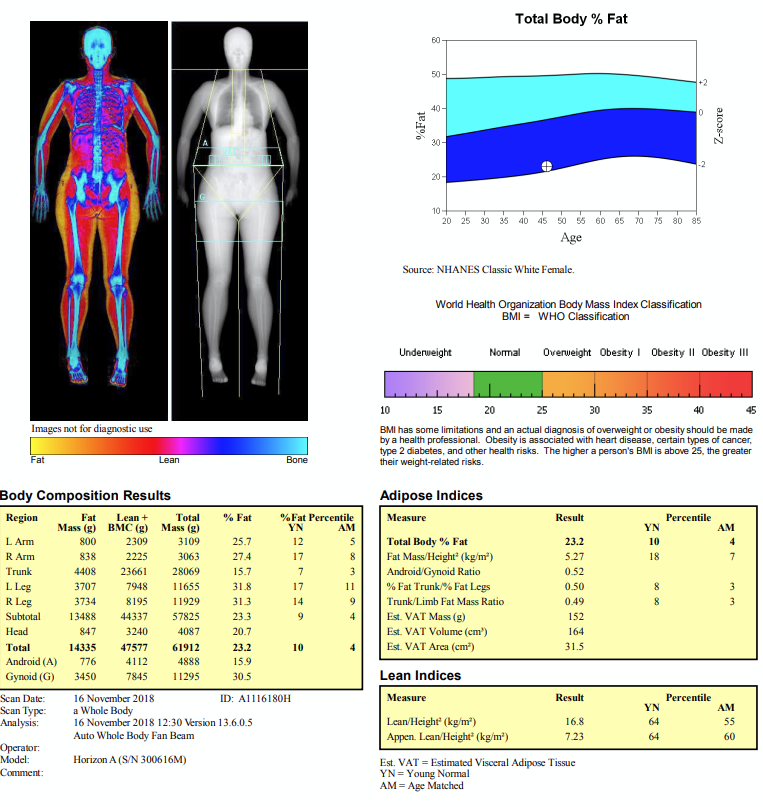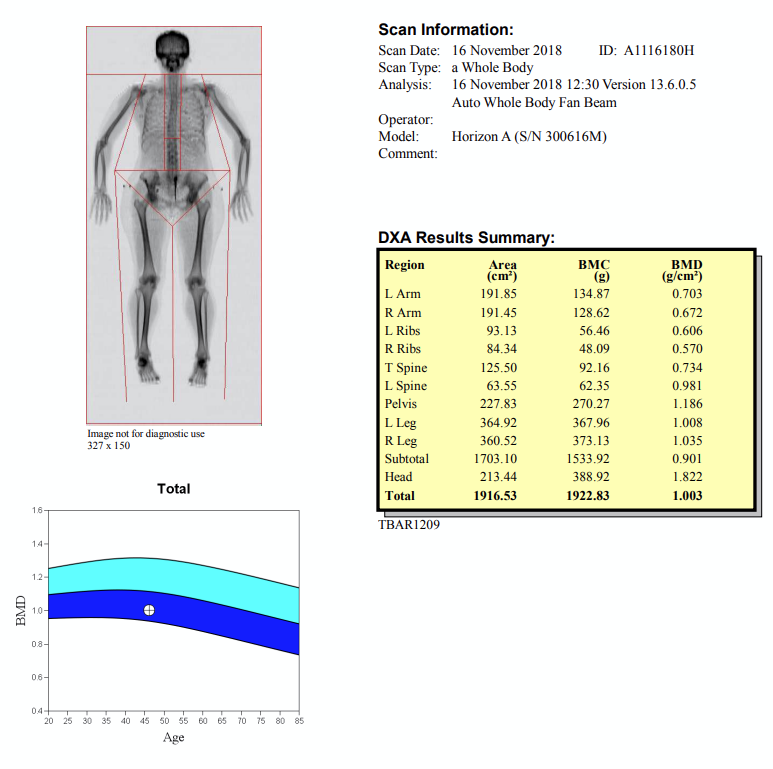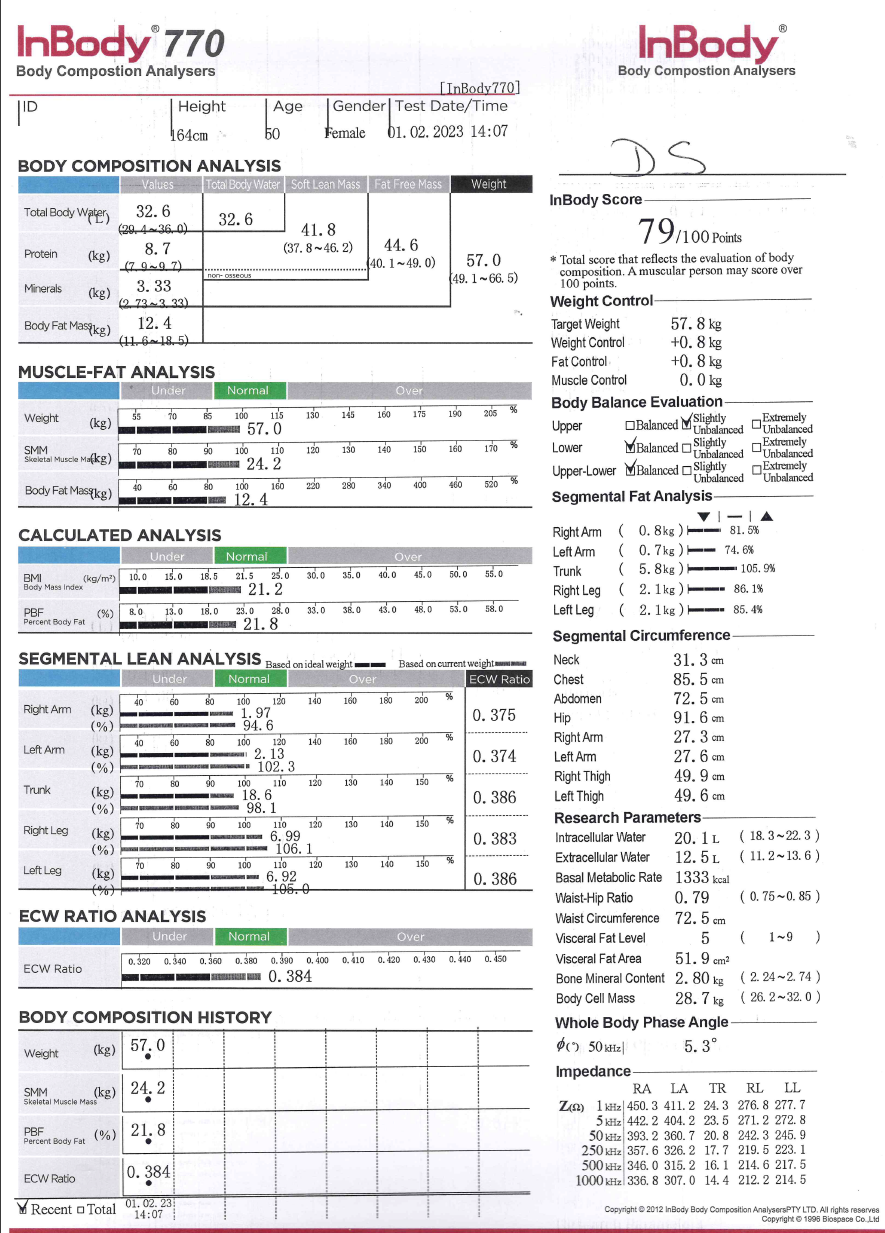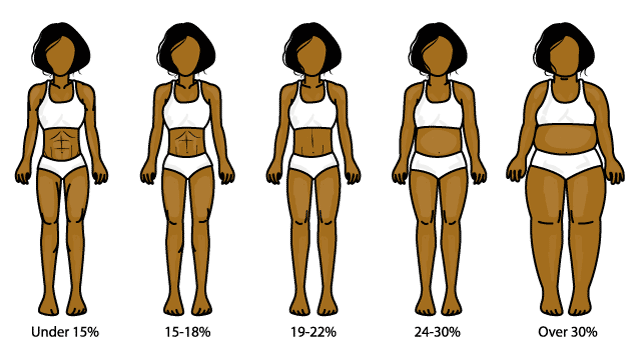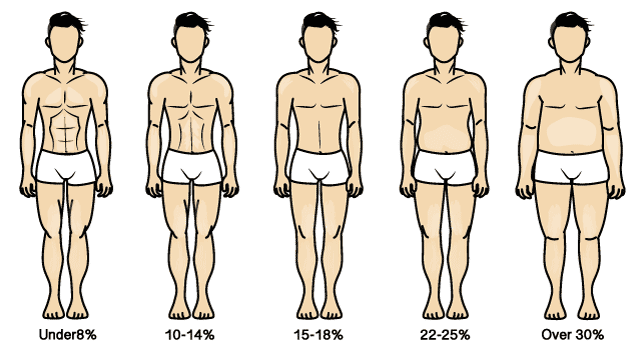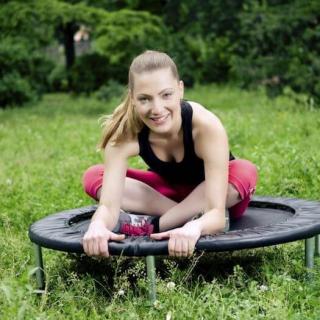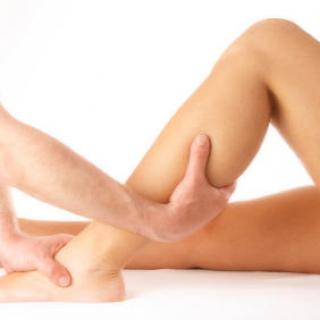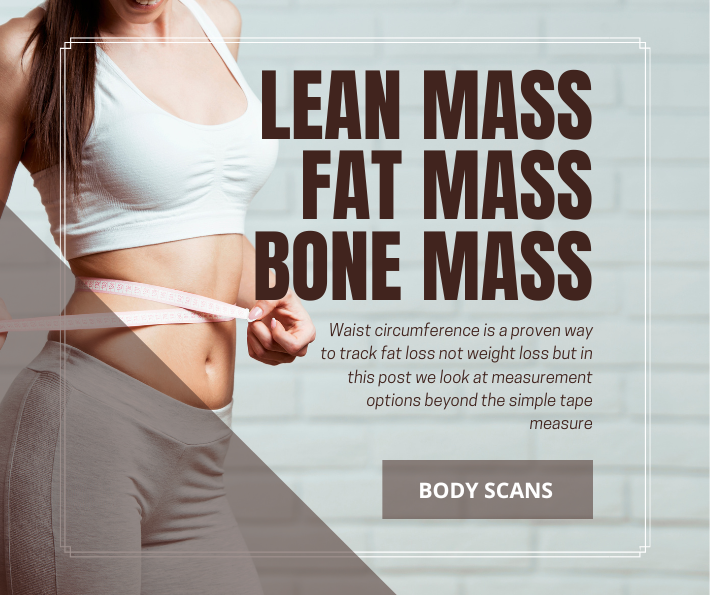
Body composition analysis is a valuable tool for understanding your body’s makeup. It provides an in-depth look at the relative amounts of muscle, fat, and other components. Knowing your body composition can help you set realistic goals, monitor your progress, and make healthier lifestyle choices. It can also be used to help diagnose certain medical conditions, such as obesity or bone and muscle loss.
I love it as a benchmark to manage and track my healthy aging goals.
To measure your body composition, methods include dual-energy X-ray absorptiometry (DXA or DEXA), air displacement plethysmography (ADP), bioelectrical impedance analysis (BIA), hydrostatic weighing, and skinfold calipers. The two we recommend are DEXA every 2-5 years and multi-frequency BIA which can be tested more frequently during intensive periods of body transformation every 2-6 months. With BIA the early technology was not very accurate but with a multi-frequency BIA test, you can get a better measure of lean mass vs skeletal muscle than with DXA, as well as cellular hydration levels which are not assessed via a DEXA scan. DEXA on the other hand, gives more detailed bone density analysis. Not to be forgotten, before and after photos are also an excellent way to track body transformations and should be used in parallel with body composition scanning.
Aging is the natural cycle of life, but disease and aging are not synonymous and a few lifestyle changes can boost your chances of lifelong wellness and staying out of hospital. It is very difficult to apply effort to maintaining good habits if you cannot measure the results. Regular tracking is very motivating because we all want to have healthy bones and do not want to shrink in stature, develop curvature of the spine, or have our bones crumble or break easily. And yet without measuring our bone density to establish a benchmark for our own body when we are in peak health, to then monitor against as we age or transition through menopause, etcetera, we have no way to know whether we are at risk of these highly undesirable and irreversible unhealthy aging conditions.
Skeletal muscle is another component of body composition that requires deliberate attention and effort to maintain as we age. The skeletal muscle organ system has a hugely significant impact on our overall health reducing levels of inflammation in the body. Again by measuring this regularly, we can ensure that our nutrition and level and choices of activity are supporting our desire and expectation of lifelong wellness. It is much more effective to start early with habits which keep muscle mass at healthy levels, affirmed with regular measurement, than to react later and attempt to recover lost health.
Where can I get a scan?
DEXA scans are offered by dedicated facilities and some medical imaging serves. In Australia these include
MeasureUp,
Body and Bone (also available as a mobile service).
This is an example of a DEXA scan report.
BIA tests are offered by some gyms, fitness studios, and beauty clinics or by mobile services which may visit your local gym or workplace to provide scanning. To recognise a more sophisticated BIA analysis machine, it will use multiple contact points including through both hands and feet. In Australia, providers include
Get Scanned (VIC)
Elite Body Contouring (NSW)
This is an example of a BIA scan report.
Compare your before and after photos against this scale:
Image source: https://www.topendsports.com/testing/tests/bodyfat-visual.htm

